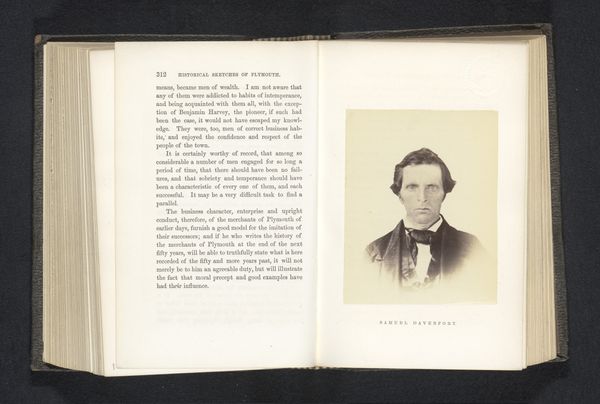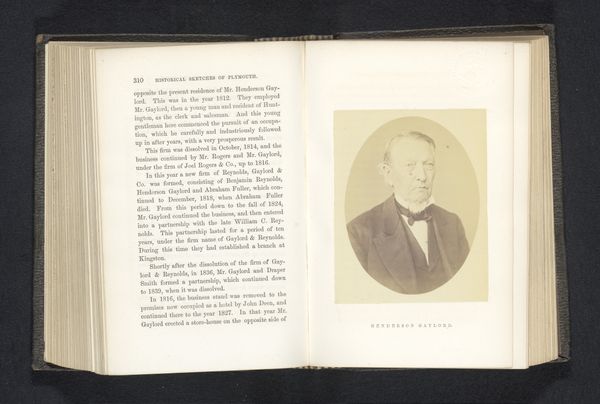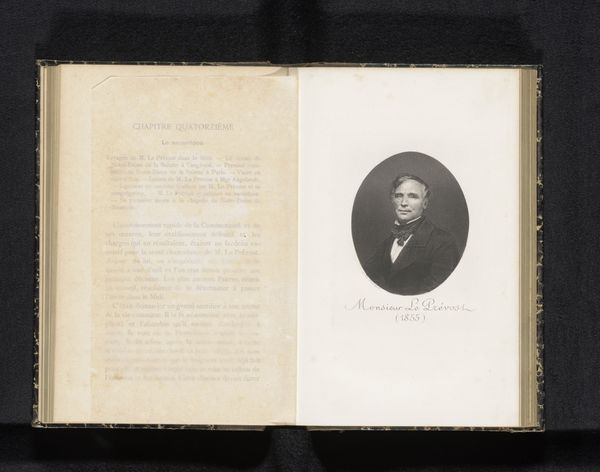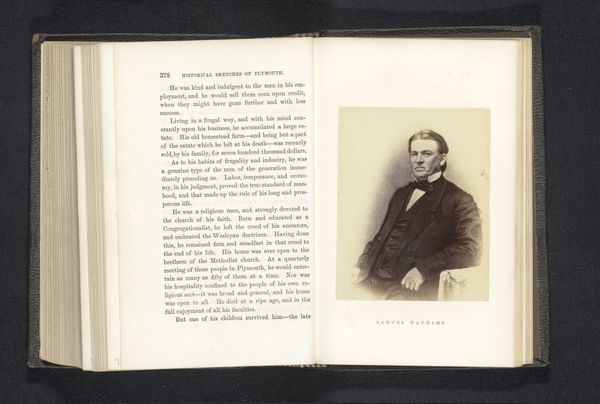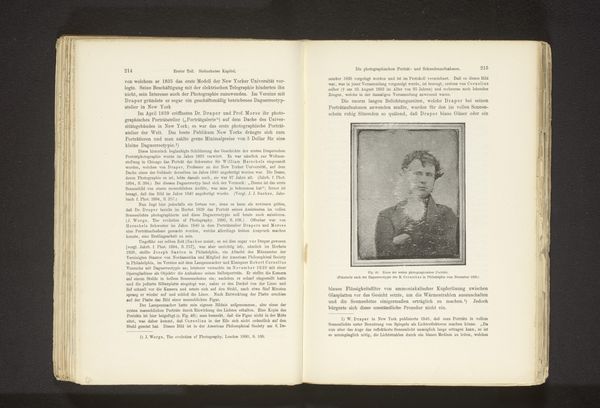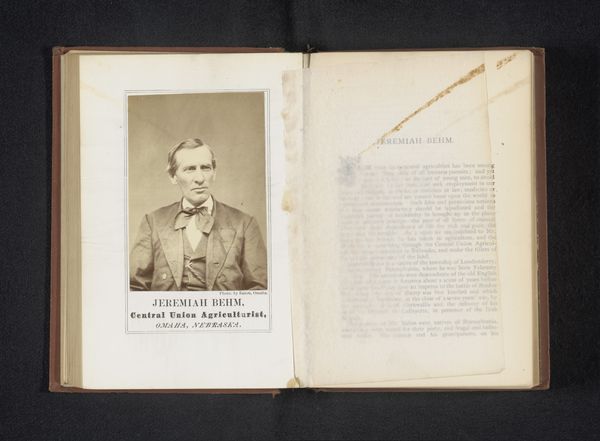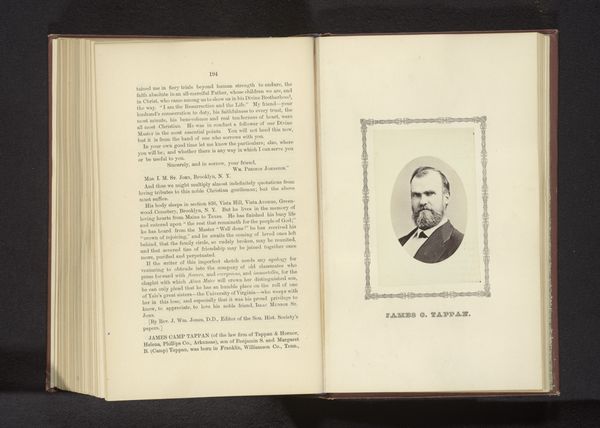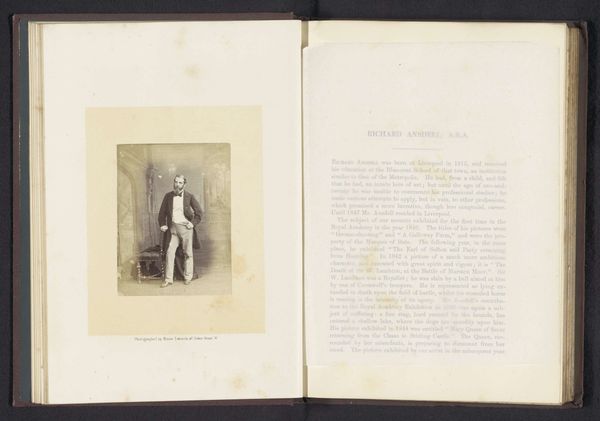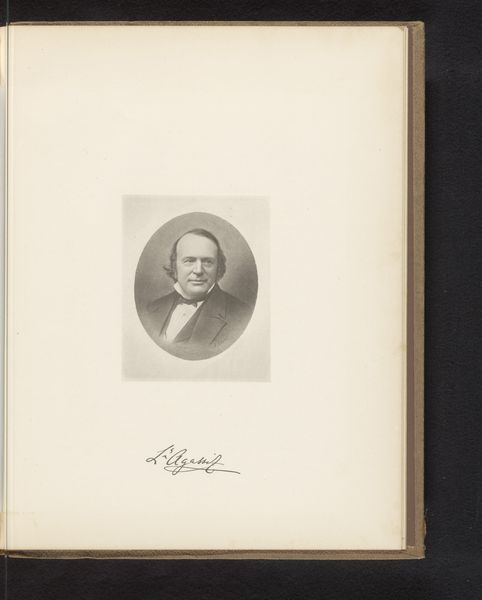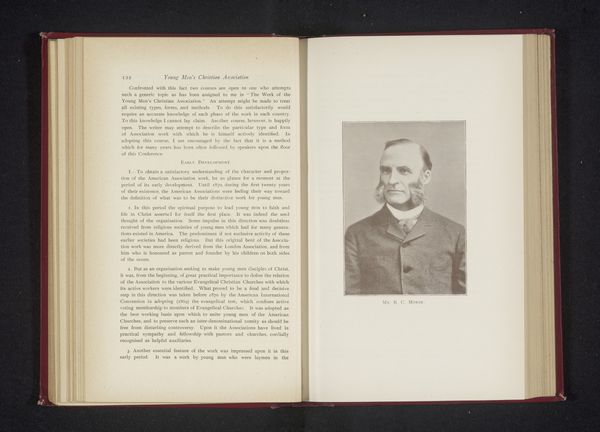
print, paper, engraving
#
portrait
# print
#
paper
#
genre-painting
#
history-painting
#
engraving
Dimensions: height 63 mm, width 60 mm
Copyright: Rijks Museum: Open Domain
Editor: Here, we have "Mackenzie at thirty," an engraving from before 1897. It's printed on paper, and looks to be a book illustration. There's a formality to this image, a stiffness, perhaps reflecting the era. What's your take on this portrait? Curator: Considering it as an engraving, we must reflect on its function beyond simple portraiture. How did the materiality of the engraving process - the labor of the artisan, the dissemination via print - affect its reception? It brings access to likenesses to a broader public. The book it features in must be considered: who authored the texts surrounding this image, and for what public they were crafting this portrayal. It speaks to both personal memorial and widespread social distribution. Editor: So, it's not just about Mackenzie's face, but about the role this print played in shaping his image and distributing it among the masses? The material form influenced his cultural reception? Curator: Precisely. This engraving is as much about the democratization of image production as it is about the man himself. Think about the labor required, the skill of the engraver, and the social context of printing. The book in which it sits serves a specific role, most likely related to local society or regional history. Who would be purchasing this book? For what purposes? Who funded its production? These questions are all critical to a materialist interpretation. Editor: That's a different lens than I normally use when considering portraits. It's much more than just a likeness! Curator: Exactly. Focusing on process reveals that seemingly straightforward representations have very complex histories of production and consumption woven into their materiality. Considering the wider network of its distribution and utilization opens new dimensions for understanding images like these. Editor: I never would have considered it that way. Thinking about the material processes and intended audience completely changes my understanding. Curator: And that's what a materialist perspective offers - a ground-level analysis connecting art to social realities.
Comments
No comments
Be the first to comment and join the conversation on the ultimate creative platform.

